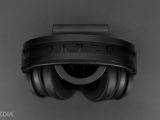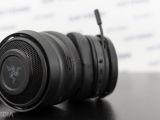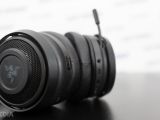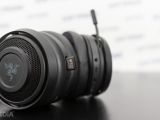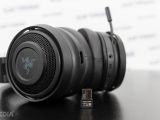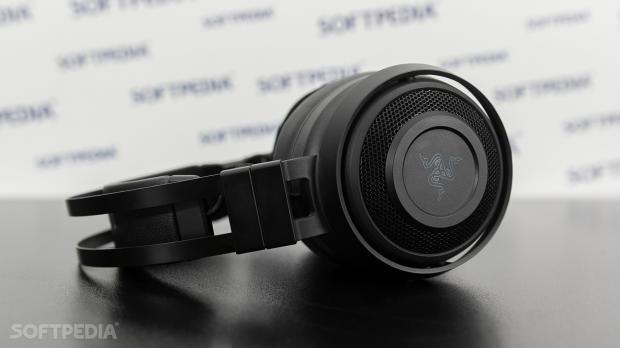Real gamers don’t ignore headphones, even if it might seem that they don’t matter all that much. In fact, with the right set of headphones, it makes all the difference. So, the question is simple. Is the Razer Nari good and/or necessary?
Headphones are a weird gaming appendix for one simple reason. They don’t bring all that much in terms of gains. If you take a look at the various peripherals, you’ll notice that they can really make a difference. Getting a good mouse, a responsive keyboard, and a proper monitor is essential, not to mention that the differences between brands and hardware are relevant.
The headphones, on the other hand, are just there to provide the sound experience. If you use the most ridiculously priced headphones on the market, you’re not going to be playing all that much better. What I’m trying to say is that money is not going to give you an advantage.
That’s why customers have to look for other characteristics when they are picking up a new headset. Since they don’t seem to provide an edge in gaming, they need to be good in other aspects. Otherwise, asking for a steeper price might not be worth it.
Design
The way headphones look like could matter, but in this case, the design is not so much about aspect, but about functionality. Everyone that wore headphones, for long periods of time, know that at some point they are going to hurt you. It’s not a given, but it’s by far the biggest hurdle a company needs to overcome.
Furthermore, it’s the sort of issue that you can’t discover right away. May you want to buy a new headset from a store and you even try it on. It looks beautiful and feels comfortable, and you get it. Three hours into Fortnite you start to feel a small pain, maybe above the ear, maybe on top of the head. It’s subtle, and it goes away when you slightly shift the position.
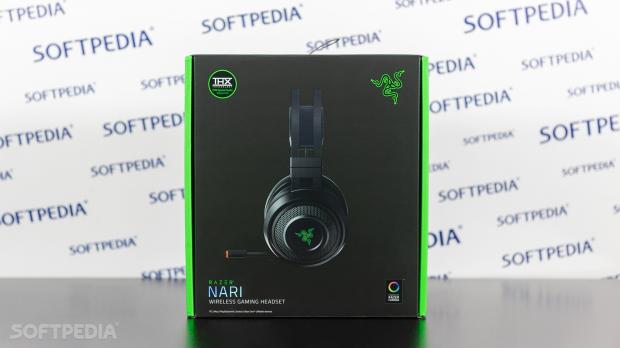
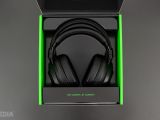

But the second day the pain returns, maybe after just a couple of hours. And so, you got yourself a nice looking headset, with good sound, but it’s entirely unwearable for more than a few hours. When Razer asks you for $150 for a Nari, they need to be sure that it’s not going to hurt.
The biggest problem is the fact that people’s heads are very different from one another, not just in terms of size but the shape as well, even if they might look similar. A headset could be worn just fine by one person, and cause severe discomfort for the next one.
Razer has only one way to solve this problem, and that’s by increasing the size. Nari is quite big, but the main reason for that is that they need to fit comfortably on most people’s heads. It’s a compromise because size also comes with a couple of disadvantages, but they can be mitigated.
The cushions are large, and they cover the entire ear, and Razer is saying that they are using a cooling gel. The idea is that you mustn’t get hot. It’s not a perfect system, but it seems to work. Also, the gel is shaped in such a way that it has a couple of indentations where the temples of your glasses can fit more easily.
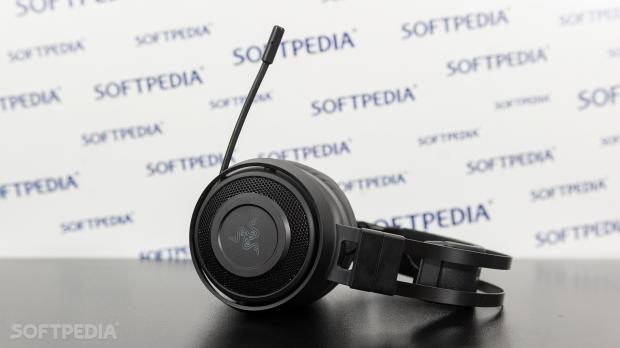


Also, the earcups can rotate with ease and can be turned more than 90 degrees, which is a lot. They are held in place by a broad and soft headband that adjust automatically to the size of your head. It’s not ideal, but it works.
Functionality
But enough about design, let’s talk about functionality for a change. While Razer likes to put forth some of the more visible features, such as the gel-cooling earcups or the lag-free connection to the PC, I find that the type of magnet used in the headset is as relevant, if not more.
On the inside, the headset is technically a couple of small speakers. While most headsets have ferrite or cobalt magnets, the Razer version comes with neodymium magnets, which are much more powerful and should provide a better listening experience, at least in theory.
The size of the speakers is also of importance. Nari has 50 mm drivers (speakers), which are a lot larger than what we usually get. The frequency response ranges from 20 Hz to 20 kHz, which is actually the range of human hearing. It also features an impedance of 32Ω at 1 kHz, which is rather small, and a sensitivity of 107 ± 3 dB @1 kHz.
All in all, players will find that Nari offers more than just a regular listening experience, with deep treble and base, well beyond the quality of a regular headset.
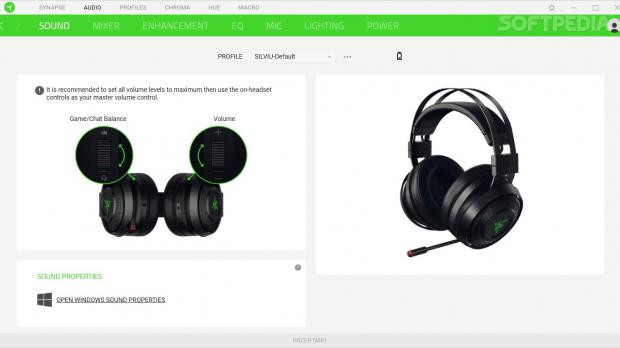


Of course, since this is promoted as gaming hardware, we have to take a look at the other features. We tested the Razer Nari, which has the microphone hidden away on the left side. It’s easy to bring it in front of the mouth, and there is a small hardware button on the back of the headset to turn it off. Razer also added a small, red light on the top of the microphone so you can visually check if it’s turned on or off.
Furthermore, Razer chose to add two volume knobs, one for the microphone on the left side (or for the chat as they like to call it) and one for the volume on the left. It’s a nice touch, and I found it really useful, with a single caveat that I’ll describe more a little bit later.
The Good
You'll also notice that I didn’t mention the battery, even if Razer Nari is a wireless headset. First of all, it’s a nice touch to stick the receiver in the headset, so you don’t lose it. Secondly, Nari works both with a regular cable, with a 3.5mm jack, and while being charged
This last part is crucial because I tested and used a few different wireless headsets in the past, and they all had the same problem. They wouldn’t work while they were charging. It’s not the case with Nari, which also comes with a long USB cable. With the Chroma lighting, it should work for about 14-15 hours. Without the light, that number jumps over 20 hours. The fact that I can charge it and use it at the same time makes all other problems go away.
The Bad
Also, when Razer separated the microphone (chat) and gaming volume on the headset, they also created two entries in the drivers. And, for some strange reason, the headset would connect to the chant function and not the actual volume, so I didn’t know why it wasn’t working at the beginning.
The other problem I found with Nari is related to its size. I mentioned how making it bigger is a compromise. Yes, the headset will sit comfortably on the heard, but the automatic strap is weak, and if you tilt the head backward, even a little bit, they will begin to slide off. It’s not a major issue, but it’s a little bit annoying until you get the hang of it.
Conclusion
The small issues I found would not stop me from getting a Nari. I’m mostly enjoying the fact that I can charge them on the go, but that might be just me. They’re really comfortable, and I see myself wearing them for hours, with no side effects.
Gaming headsets are actually more important than people might give them credit for, and Razer Nari makes that abundantly clear.
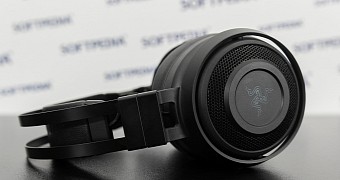
 14 DAY TRIAL //
14 DAY TRIAL // 






